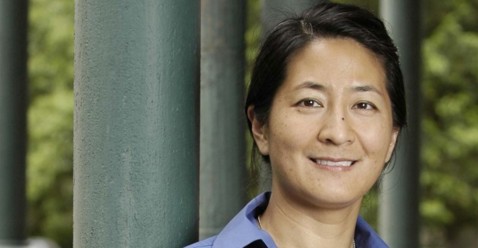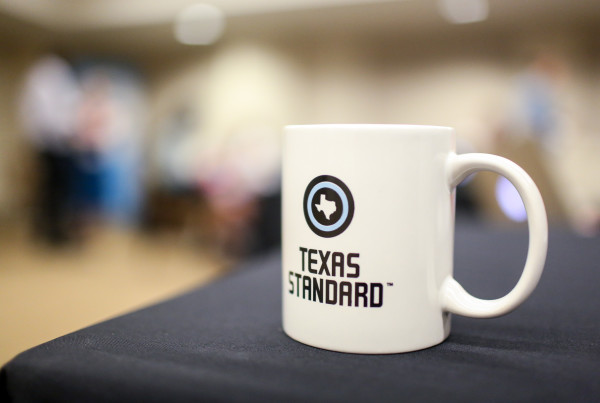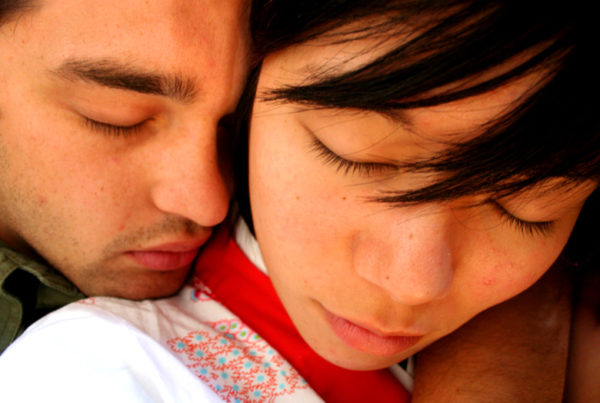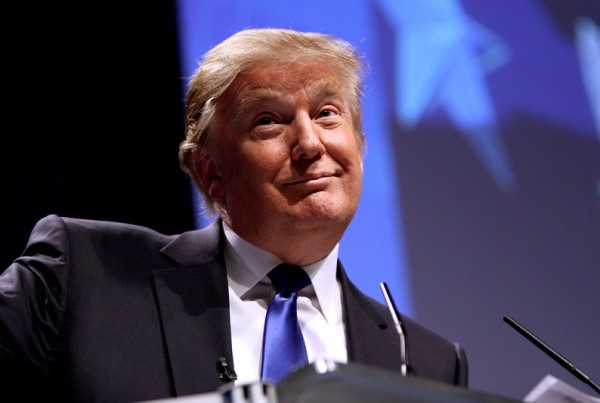When it comes to the politics of language, the very word immigrant is seen by some as stigmatizing, as Mexican-Americans will attest and likely more than than a few Syrian-Americans as well, too. But the experience of Chinese immigrants may be instructive when it comes to understanding the underlying attitudes some Americans have about their new neighbors.
Madeline Hsu, a professor of history and Asian-American studies at the University of Texas at Austin, chronicles the history and experience of Chinese immigrants during the baby boomer era in the U.S. in a new book called “The Good Immigrants.”
Hsu says changes in the legal process for immigrants has an effect on the way those people are seen once they become citizens.
“In emphasizing the kind of immigrants that we consider good, my book focuses on Chinese immigration after World War II,” Hsu says, “in which immigration laws tried to intentionally identify immigrants who were well-educated.”
Our immigration laws have the power to self-select new citizens, Hsu says, which became apparent with the 1965 Immigration and Nationality Act. Most people don’t know that Chinese people were the targets of the earliest enforced immigration restrictions, Hsu says.
“There were only a few kinds of Chinese who were allowed to continue entering,” she says. “All other Chinese were considered this undesirable, subhuman class of workers who were called coolies.”
Some Americans considered these kinds of Chinese workers as undermining the white working class and savage because they were un-Christian. In 1790, Congress passed the first laws regarding naturalization processes for citizenship. Asian immigrants couldn’t become U.S. citizens.
Hsu says the transition of Asian immigrants – and Chinese immigrants in particular – from “bad” to “good” immigrants happened in the 1940s and ’50s, in part because people began to understand that the number of the Chinese immigrants would be smaller than the numbers of immigrants from other countries closer to the U.S.
“Congress and other Americans realize, there will never be that many Asians,” she says. “Not that many of them are going to come. And if the United States is going to be overwhelmed by large numbers of immigrants from a society and a culture seen as being different from that of the United States, it’s going to happen with regard to America’s neighbors in Central and South America.”
During WWII and the Cold War, the U.S. government brought in scientific talent to work on rocketry and weaponry programs, which led to recruiting more Chinese immigrants to the U.S.
“Who you were in terms of your race or your national origin became of decreasing importance,” she says. “You can actually use the immigration laws to bring in the kinds of Asians as immigrants that we actually like.”
Post prepared by Hannah McBride.















